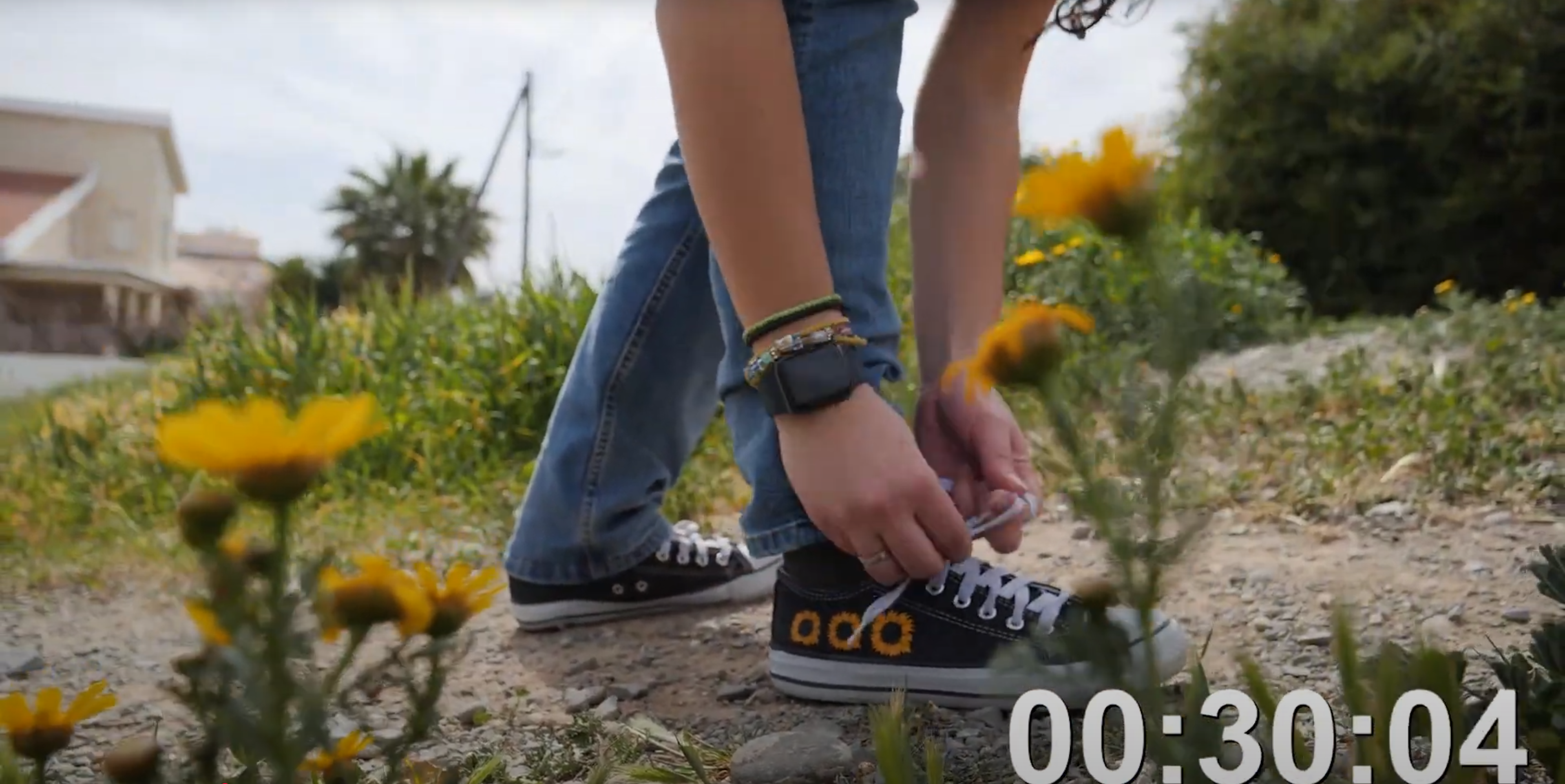
What is the longest continuous take you have ever spotted in a film? Was it in Goodfellas by Martin Scorsese, with its mesmerizing three-minute tracking shot that kept your eyes glued to the screen? Or maybe it was in the war movie 1917, where the seamless cuts were nearly impossible to spot, with uninterrupted shots lasting up to 8 minutes. Regardless, one thing is for sure: We have a newfound respect for anyone who attempts a long continuous take.
We wanted to create something dynamic, something that felt immersive. That is when the idea hit: following a Studio Assistant’s day leading up to an event at Mediazone, all in one continuous shot. Since planning is crucial for long takes, we carefully crafted a shot list, incorporating key gimbal techniques to keep the video visually engaging:
– the crane shot
– the 360 movement around a subject
– the reveal
– foreground and background (depth of field)
– switching the point of view
– over the shoulder follow shots
Incorporating these movements into our shot list helped us build an interesting flow and maintain viewer engagement. Next, we selected the camera. For this project, we chose the Panasonic GH5S, a great match for gimbal work with its cinematic quality and flexibility. Before shooting, we rehearsed with our actors, Michaela and Tracy, ensuring their movements felt natural while hitting key marks. To refine our approach, we filmed a test run using a phone to mimic the gimbal’s movements. Reviewing the footage allowed us to adjust choreography and pacing before the real take.
When it came time for the actual shoot, we used the Panasonic GH5S on the gimbal, opting to keep the camera in full ‘auto mode’. With the movement and varying locations, adjusting exposure and focus manually would have been too challenging. We also ensured the gimbal was properly balanced and set to ‘Follow Mode’ to maintain smooth motion.
Filming a long take is unpredictable, and we quickly realized this was going to be harder than expected. We attempted over 20 takes, constantly interrupted by passersby, technical mishaps, and our biggest struggle, autofocus issues.
The GH5S struggled with sudden lighting changes, causing it to “hunt” for focus, particularly when transitioning between bright daylight and dim indoor spaces. This was due to a combination of factors: the camera’s ‘contrast-detect autofocus’ struggled to lock focus in low-light situations, the kit lens’s slow aperture limited light intake and worsened autofocus performance, and the noise reduction processing in darker settings softened the image, making it harder for the camera to track fine details.
To counter these issues, I tested different settings, adjusting autofocus sensitivity and experimenting with lighting consistency. The main culprit? Sudden shifts in light intensity, which threw off the camera’s focus system.
This challenge pushed us as filmmakers, forcing us to think not just about storytelling but also about technical execution. Would we do it again? Absolutely, but maybe with a little more preparation next time.
Watch the video for more details!
– Romy Azar and Michaela Markides
If you are a student in the Communications, or Design and Multimedia Departments and want to become part of the Mediazone team, apply today!
Apply Now! Don’t miss this chance to make an impact in the audiovisual world and your future.
** Apply Here! **
Fall dates: Applications open-> First week of August until the last week of November of every year.
Spring dates: Applications open-> First week of January until late-June of every year.

